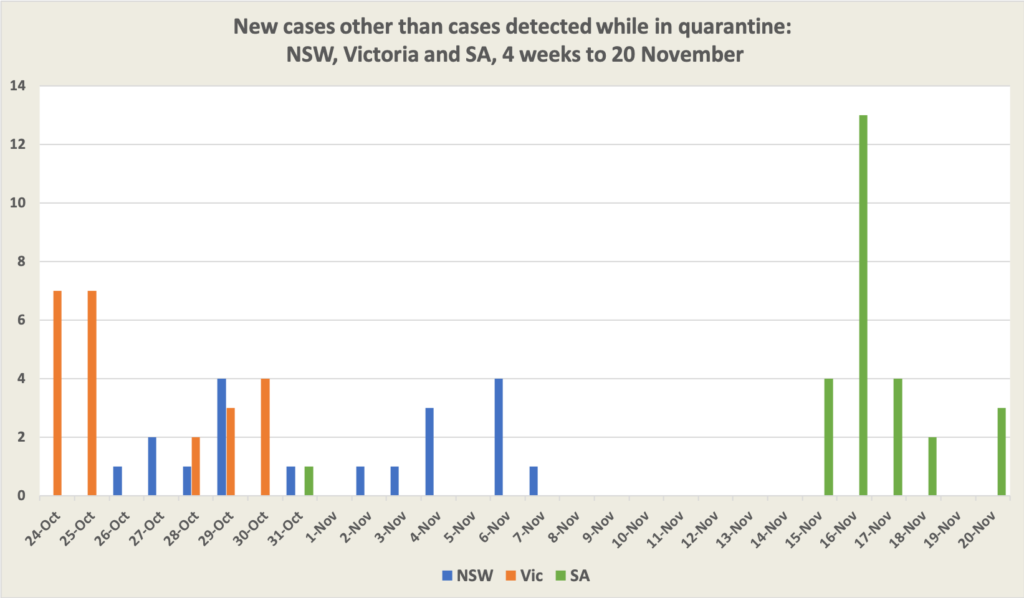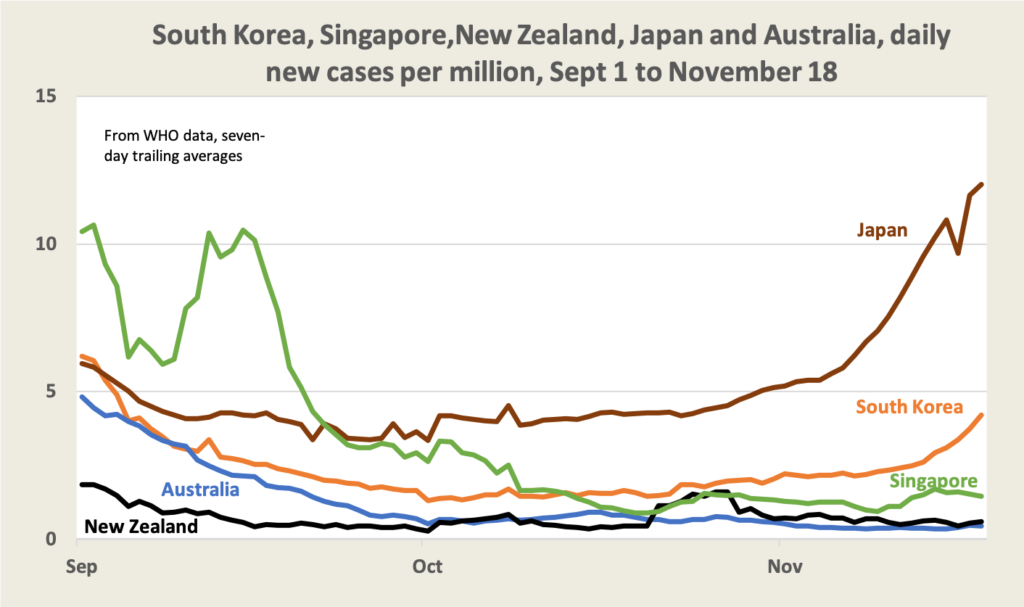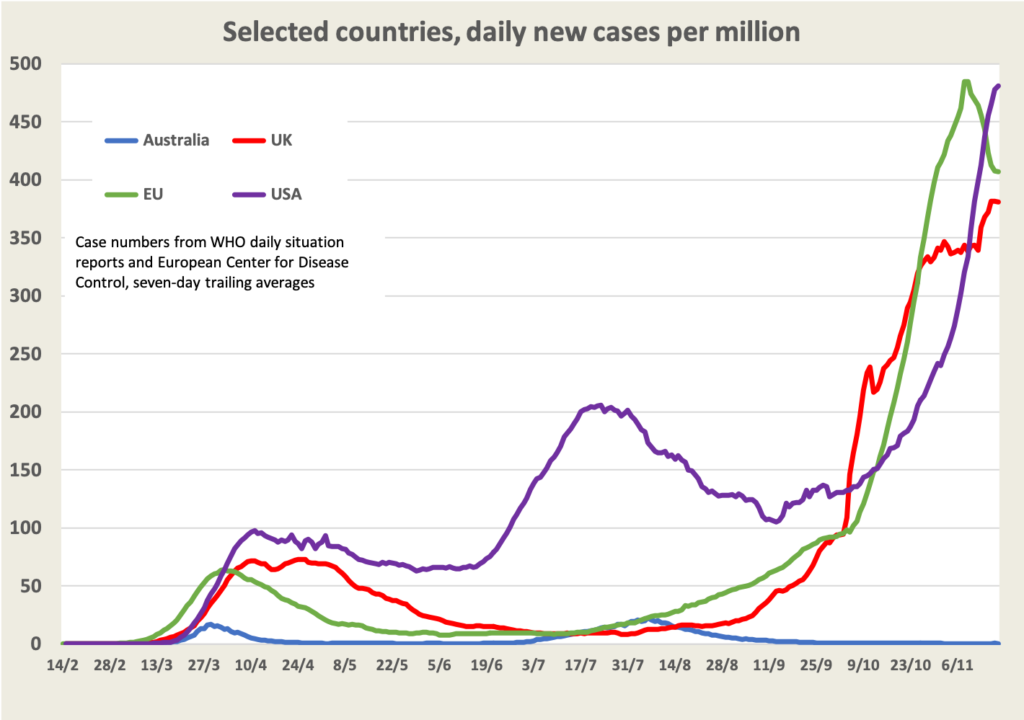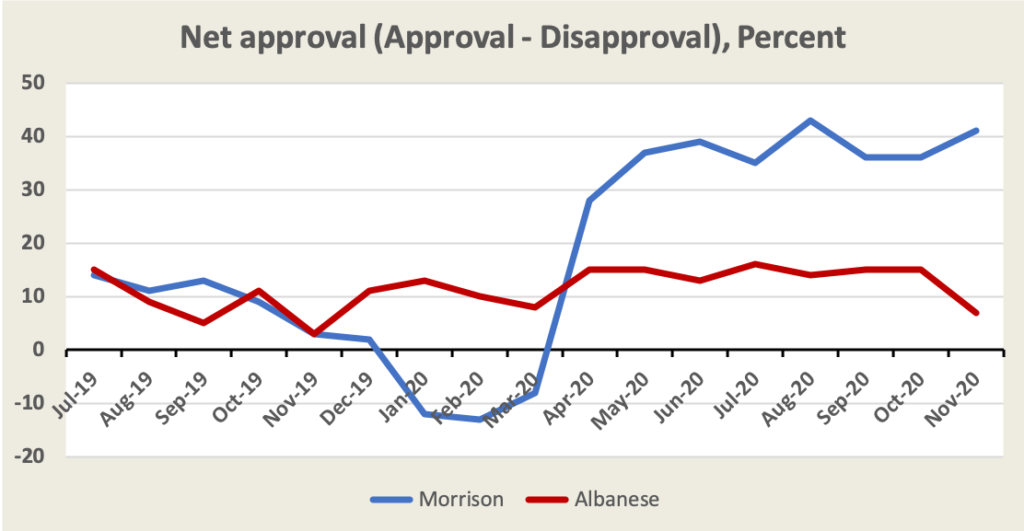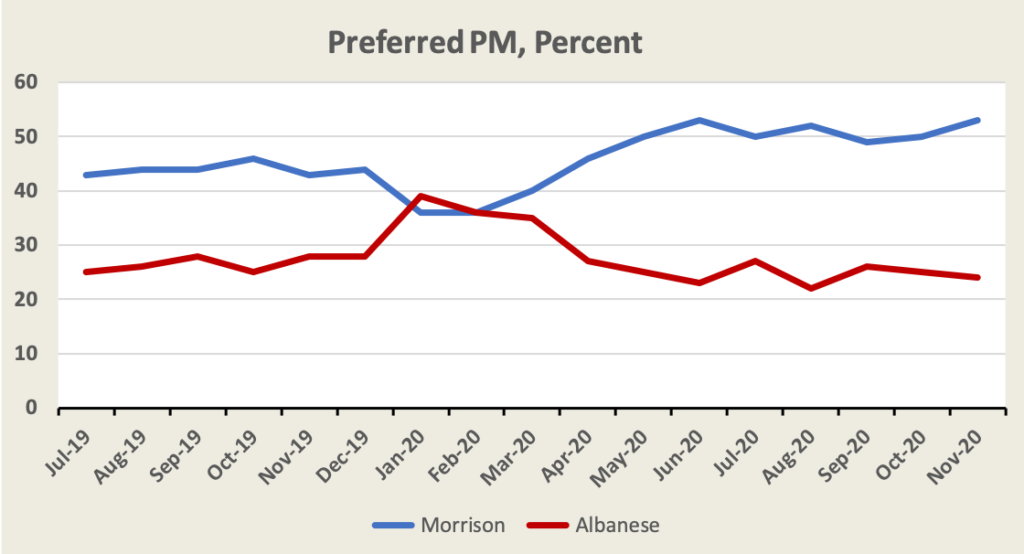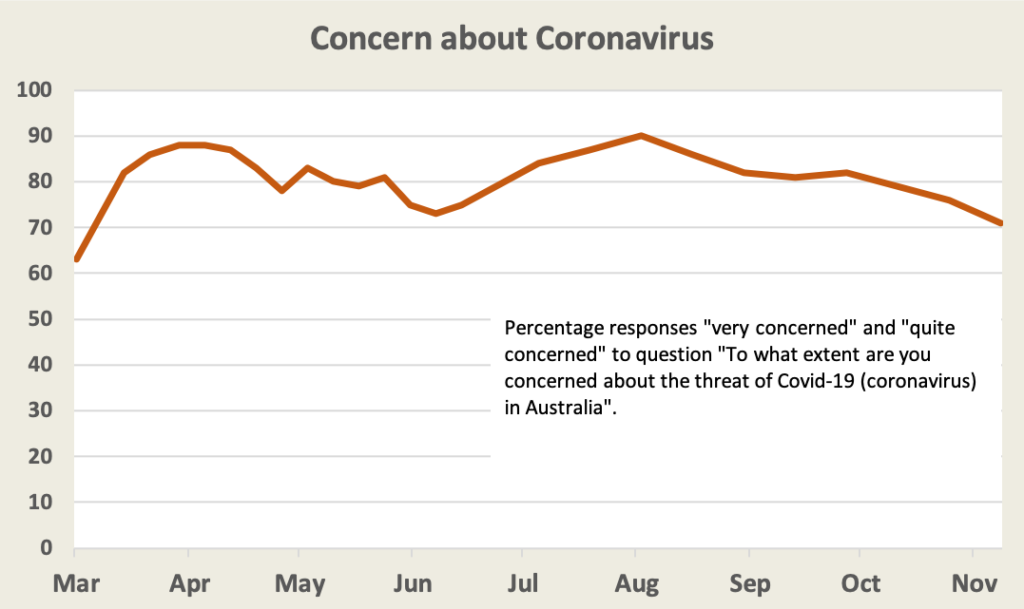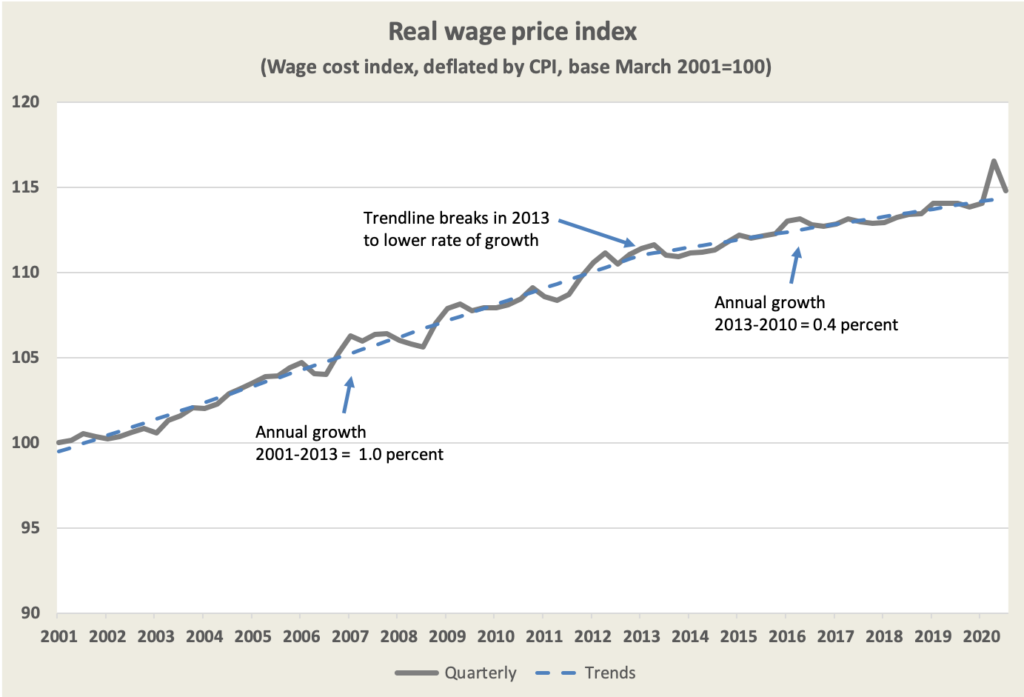What people in other forums are saying about public policy
The Afghanistan Inquiry
The report
The Afghanistan Inquiry Report is available from the Defence Department website. It has received a great deal of media attention, here and in other countries. (For a time it was the leading article on the Deutsche Welle website.) Over the next few weeks we will link to sites with considered commentary.
The Coalition’s war on renewable energy
We have nine sovereign governments in Australia: eight of them have responsible energy policies
On Saturday Extra, Geraldine Doogue interviewed Richie Merzian of the Australia Institute and Giles Parkinson of Renew Economy about renewable projects in Australia: Renewables surge. In every state and territory there is a commitment to zero emissions by 2050, and there are significant renewable projects in the pipeline, with strong private sector backing. (22 minutes)
Perhaps the most ambitious policy is in South Australia, where there is a target of 100 per cent of electricity generation by renewables by 2030, with a surplus to send to other states. (South Australia has a Liberal Party Government, unencumbered by a National Party rump.)
For domestic electricity supply the biggest announcement is in New South Wales, where the Environment Minister Matt Kean announced that four out of the five coal-fired power stations in New South Wales will be replaced with renewable capacity, backed up with batteries and pumped hydro – 12 GW in all. Kean has described gas as “actually a very expensive way of generating electricity”. (Kean’s Liberal Party colleague, Prime Minister Morrison, who is so well-informed and respectful of informed scientific opinion, says Kean “doesn’t know what he’s talking about”.)
The really big projects go well beyond displacing fossil fuels in powering the electricity grid. They involve exporting energy to other countries – through undersea cables, through exporting hydrogen or ammonia generated from solar energy, and through using renewables to support energy-intensive products such as steel. Merzian and Parkinson describe the ambitious northern Australia Asian Renewable Energy Hub, which will have 26 GW of renewable capacity. This, and other projects, are described in an article by Adam Morton in The Guardian: Green giants: the massive projects that could make Australia a clean energy superpower.
(To put some of these figures into perspective, Australia’s total current electricity generation capacity is around 50 GW.)
The Government’s gas-led recovery will not work
“Eastern Australia faces inexorably more expensive gas, and the impact will be felt by manufacturers and power generators, and by small businesses and households.”
That’s the conclusion of the Grattan Institute’s analysis of the trend in Australian gas prices: Flame out: the future of natural gas, by Tony Wood and Guy Dundas. The government’s idea that gas can be used as a transition fuel to generate electricity “does not stack up economically or environmentally”. Gas may play a role as a backstop at times – when the sun isn’t shining or the wind isn’t blowing – but this is a minor role.
As with other stuff we dig up, the more gas we wring out of the ground the more costly is each increment. That is why the cost of gas will rise, while the cost of energy from renewable sources still has a way to fall. The gas pipelines envisaged by the Morrison Government, if built, would soon become stranded assets.
Climate change legislation is ready to go
All it takes to get us out of our inaction on climate change is for our elected politicians to put the national interest ahead of their grovelling loyalty to political parties. After all, why should a small handful of science deniers and people doing favours for their fossil fuel mates be able to hold the whole country to ransom, particularly when most of our elected politicians surely know where the national interest lies.
Independent MP Zali Steggall, backed by Centre Alliance MP Rebekah Sharkie, has introduced a climate change bill into Federal Parliament, designed to achieve net zero emissions by 2050, with appropriate supporting institutions and mechanisms. Details in plain language are on her website, and the formal text of the bill is on the Parliament website.
The bill has been referred to the House Standing Committee on the Environment and Energy for a public inquiry. Zali Steggall is inviting public submissions: see the Climateactnow site for details and a guide to how to make a submission. Submissions close on Friday, 27 November.
Coal’s dark market prospects
As countries announce policies to reach zero CO2 emissions by 2050 (most notably Biden’s USA), as global investors drop coal from their portfolios, and as engineering companies turn away from fossil fuels, Morrison’s blustering claim that energy policies “will be set here in Australia” looks increasingly ridiculous.
Writing in Inside Story, John Quiggin points out that on coal, oil and gas, Australia is becoming more isolated. In his description of world trends, he points out that China is the only country keeping the global coal industry afloat, because provincial governments had a program of building coal-fired power stations as a form of fiscal stimulus. This means in the short term we could become even more dependent on China for our export income – at a time when most wise voices are calling for diversification. And in the medium term there is no guarantee that China’s central government will not override provincial governments and close these stations down, in order to meet its own and external commitments to reducing emissions.
Quiggin points out that the accelerating collapse of the coal industry gives Labor a chance to differentiate itself from the Coalition, and to position itself on the winning side of history. (Is that a bit too scary for a party that seems to prioritise holding on to a couple of coal mining seats rather than winning new ones?)
Quiggin’s point is supported by UNSW economist Richard Holden, who writes in The Conversation that a global carbon price could soon be a reality – Australia should prepare. Holden points out that to achieve equity among nations cooperating on reducing emissions, a carbon border tax, an idea under consideration in the EU, is a way to protect domestic trade-exposed industries from being undercut by imports from countries without a price on carbon. (Some may try to misrepresent such a tax as a retreat to protectionism, but it really is no different from an anti-dumping duty, allowed by the WTO, because a carbon price ensures that the full cost of production, including negative externalities, is covered in the price.)
What is the future for our coal mining regions?
Joel Fitzgibbon is the member for Hunter, an electorate stretching out northwest of Newcastle, where lies the main concentration of coal mining in New South Wales.
In times past, it would been considered a naturally safe Labor seat. In 2016 Fitzgibbon held the seat with a primary vote of 52 per cent, and a TPP share of 62 per cent. In last year’s election his primary vote was down to 38 per cent and his TPP vote was only 53 per cent. Parties of the far right did very well – the Nationals, One Nation and United Australia between them won 49 per cent of the primary vote.
Those figures go some way to explain Fitzgibbon’s disagreement with his Labor colleagues and his resignation from the Opposition front bench, ostensibly over climate change policy.
The simple (and wrong) story is that the region (and similar regions in Queensland) is populated by people who foolishly believe that cutting CO2 emissions is some conspiracy by scientists and urban elites. They believe, so it is said, that this climate change movement must be stopped because it will take away their jobs.
No doubt there are some who feel this way, but, as Elias Visontay points out in his Guardian article – Where are the jobs? NSW coal towns cling to the past until a better future emerges – the coal miners and others in the community know that coal, particularly thermal coal which is the region’s mainstay, does not have a future. The real political issue is the lack of employment opportunities once the mines close.
There will probably be plenty of renewable energy projects in the region, but these, and other possible new industries, will be capital-intensive. What is needed is a broad development plan that relies less on major projects and more on developing a broadly-based economic community in the region.
The pandemic’s progress
Just when Victoria had clocked up 16 days without any detected local cases of Covid-19, followed by New South Wales with 8 clear days, the virus escaped from hotel quarantine in South Australia.
Morrison and his colleagues have been quick to support the South Australian Government for its decisive action, in contrast to their scalding attitude to the Victorian Government when it was beset with a similar outbreak from quarantine. For once, South Australia is fortunate to have a Liberal Government, because it is hard to imagine a Labor Government, guided by the same expert advice that the Marshall Government is wisely following, being able to resist the pressure Morrison and the Murdoch media would have heaped on to the South Australian government.
For a non-partisan assessment of the situation in South Australia, Norman Swan has three articles (covering three consecutive days) on the ABC’s Coronacast. We know that the virus came into Australia from one of Europe’s offshore islands, and that it seems to have spread very quickly once a cleaner at a quarantine hotel picked it up from a surface. Writing in The Conversation, Catherine Bennett of Deakin University explains the rationale behind South Australia’s strong lockdown and calls for safer arrangements around hotel quarantine: South Australia’s 6-day lockdown shows we need to take hotel quarantine more seriously.
A Japan travel bubble is probably not on, but what about Singapore and South Korea?
A travel bubble with Japan has been talked about for some time, but while its rate of infections is low by European or American standards, it is showing alarming signs of growth. On the other hand Singapore, which had a significant outbreak among its foreign workers, now seems to be heading down to Australian and New Zealand rates. South Korea has reacted to its rising rates (from a low base) with a set of restrictions, and because it acts quickly it may get back down to very low rates.
Europe and the USA
Most European countries seem to have at least stabilised the growth of the virus, albeit at very high levels: 10 of the EC’s 27 countries still have daily infection rates above 500 per million. When rates reach those, or even lower levels, contact-tracing systems become overwhelmed, meaning that there is inevitable understatement (see the next extract). Sweden, which has gained attention for its light approach to Covid-19, has seen its daily case load hover around 700 per million for the last few weeks, and is now tightening its restrictions. By contrast Sweden’s Nordic neighbour Finland has a daily case rate of 40 per million.
Unsurprisingly, the USA is heading off the scale, and deaths aren’t far behind, particularly in the heartland of Trump’s support base.
ABC journalist Michael Rowland finds that many Americans, particularly those taken in by Trump’s lies about the country “turning the corner”, aren’t taking the virus seriously.
The Washington Post has an article quoting Jodi Doering, a nurse in South Dakota (Trump heartland, 62 per cent Republican in the election), who tells of patients suffering from Covid-19 needing 100 per cent oxygen breathing assistance, but who still deny the existence of the disease – some maintaining their denial right up to their death. Last week, in one day in South Dakota, a state with about half the population of South Australia, authorities recorded 2 020 new cases: that’s a daily rate of 2 300 cases per million, way off the scale in the above graph.
The Pew Research Center has a survey suggesting that unlike in other countries, attitudes to Covid-19 have become markers of tribal loyalty: America is exceptional in the nature of its political divide. They survey various countries seeking to find the percentage of respondents who agree that “their own country has done a good job dealing with the coronavirus outbreak”. Respondents are split into those who do and do not support the governing political party (or coalition). In the US, 76 percent of those who support the government give it a good rating on coronavirus, while only 29 per cent of those who do not support the government give it a good rating on coronavirus. Some other countries, most notably France, Spain, UK and Japan, show wide differences, although not as stark as America’s. By contrast in Australia, Germany and Denmark almost everyone believes the government has handled coronavirus well, with very little difference between those who do and do not support the government. It is notable from the survey that Americans tend to see the issue in a “health” vs “economy” framework.
How many people have been infected with Covid-19?
The graphs and tables on Covid-19 we provide in these roundups are all from official data provided to the WHO. In some “developing” countries with poor records, and in “developed” countries when tracing systems become overwhelmed, official statistics can significantly understate the true infection rates.
Drawing on data for deaths from Covid-19 in 15 “developed” countries, a team of researchers, including researchers from ANU and the University of Melbourne, estimate that global Covid-19 infections may be up to six times higher than reported. Not surprisingly, they find that the higher the level of detection the lower is the gap between official infection rates and the rates calculated by the researchers. Out of the 15 countries studied Australia had the best detection rate, but as at the end of August (when the Victorian wave was still running strongly and contact-tracing systems were not keeping up), they estimate that our rate of infection may have been up to five times higher than officially reported (around 120 000 cases rather than the 25 670 officially reported). The gaps between their calculated figures and official figures were particularly high in those European countries that had experienced strong waves of Covid-19. (A preprint of the paper is available, but the data has since been significantly updated. Those with a lust for numerical analysis can download files of the study’s data.)
If Covid-19 is spreading much faster than indicated by official data, that research may be seen to lend weight to the idea of “herd immunity”, but with serious limitations. Official data for those 15 countries suggests that just on one per cent of people have been infected, implying it would take around 50 years to achieve herd immunity. The highest estimate in their research is that ten per cent of the population of those countries has been infected meaning it would still take 5 years (assuming the high rates established over March to May are sustained.) In any case it is not certain that those who have had Covid-19 are immune to further infection.
Sources
Sources of generally reliable information and analysis about Covid-19 are on a separate web page. This week The Economist has articles about vaccines – optimistic but with warnings about practical problems in production and distribution – and it reports on a worrying rise in people’s mistrust in vaccines. The Harvard Gazette has an article about indications of brain damage resulting from Covid-19.
Elections, polls and surveys
Essential – bad news for Albanese but Andrews, McGowan and Palaszczuk are doing OK
The latest Essential poll shows Morrison’s approval ratings and as preferred prime minister both rising, while Albanese slips on both counts. See the graphs below.
It asks people about the performance of their state premiers. Berejiklian (NSW), Andrews (Vic), Palaszczuk (Qld) and McGowan (WA) all enjoy high and rising ratings.
People were asked how closely they had been following news stories. Those answering “closely” are shown below
The easing of Victoria’s Covid-19 restrictions 73 per cent
The US election 68 per cent
Sexual misconduct in Federal Parliament 36 per cent
Joel Fitzgibbon’s resignation from shadow cabinet 29 per cent
Essential asked their usual question about our concern about the threat of Covid-19. Concern is falling from its August high (when the second wave hit Victoria), but it’s still high.
Victorians were asked whether they thought the state government had lifted Covid-19 restrictions too quickly, about the right speed, or too slowly. Most people went for “about the right speed”, but Coalition supporters and men were much more likely to go for “too slowly” compared with Labor supporters and women.
Finally there was a set of questions on trust in federal government. Not the present federal government, but the federal government “regardless of who is in power”. We seem to trust the government, and 91 per cent of us, with hardly any partisan variation, believe “the government should do more to solve the problems facing our country”. So much for the neoliberal “small government” ideology.
Moldovia edges westward
Moldovia has seen incumbent pro-Kremlin Igor Dodin decisively defeated by pro-EU candidate Maia Sandu in the runoff presidential election. According to Deutsche Welle’s report, unlike the practice in some more fragile democracies, Dodin congratulated Sandu on her win.
Australia’s weakening economy
Reserve Bank – an upbeat assessment, but Covid-19 has brought on changes
On Monday Reserve Bank Governor Philip Lowe gave a speech Covid, Our Changing Economy and Monetary Policy. The bank’s approach to interest rates is not only about providing a fiscal stimulus: it’s also about keeping the $A exchange rate low for the competitive benefit of our trade-exposed industries.
He listed five areas where Covid-19 and our reaction to it have brought about, or accelerated, economic changes. While our main concerns are about unemployment, he reminds us of the effect of lower population growth, of structural changes in retailing resulting from the sudden growth in online transactions, and of different effects in different property markets. Australia after Covid-19 will be different from Australia before Covid-19.
After Covid-19 – will we still be able to attract immigrants?
There is a gap between our political rhetoric – which is about securing our borders – and the policy reality – which is about attracting immigrants. It’s a bipartisan priority: Kevin Rudd wanted to be prime minister of a big Australia, and the current Coalition Government, before the pandemic hit, was looking at annual net immigration of 270 000.
Government’s concerns are not just about a “big Australia”: they also want to keep our population relatively young for economic reasons – a challenge when our rate of natural increase is slow. Population growth not only sustains economic growth; it also sustains per-capita income – a counterintuitive outcome.
Covid-19 has wrecked our immediate immigration prospects: this year the government expects net immigration to be a negative 70 000.
On Waleed Aly’s So Now What podcast on Network 10, you can hear him discuss immigration, in all its dimensions with Liz Allen of ANU’s Centre for Social Research and Methods and Abul Rizvi, former Deputy Secretary of the Immigration Department and a frequent contributor to Pearls and Irritations. Go to the program’s website, and click on “Population/Migration” on 11 Nov 2020. (44 minutes)
Seven years of sluggish wage growth
People may be feeling that over the last few years wages have hardly been rising.
They’re right. While profits have been doing well, wages are barely keeping up with inflation.
The ABS has released the wage price index for the September quarter 2020. This shows percentage movements in what employers pay employees. Provided there are no significant changes in the rates of labour “on-costs” (payroll tax, superannuation), it is a reasonably good indicator of wage movements.
Using the ABS data we have done some basic calculations – expressing it as an index based in 2001 (after the effects of the GST had stabilised), bringing it to “real” terms by deflating it by the CPI, and adding two trendlines (obtained by two linear correlations), because we noticed a distinct break in 2013, when wage growth slowed.
From 2001 to 2013 real wages were rising at 1.0 per cent a year, but from 2013 to 2020 that growth had slowed to 0.4 per cent a year. On an $80 000 income that would be $6 a week.
A partisan response would be to attribute the slowdown to the 2013 election of the Coalition, but economies don’t move that quickly. A more compelling explanation is that we’re seeing the result of many years of declining labour productivity. That doesn’t get the Coalition off the hook, however, because over its long spells in office since 1996 it has done little to address Australia’s structural weaknesses.
Mental health: it’s about our wellbeing, not just Frydenberg’s economic indicators
On Monday the Government released the Productivity Commission’s report simply titled Mental Health. (It has been with the government since June.)
Its recommendations tend to confirm what health care analysts have been stressing: focus on prevention and early intervention; ensure that there are effective services to support recovery in the community (including housing and employment services); and avoid cycling people in and out of hospital.
Tellingly, Frydenberg’s reference to the Productivity Commission, made back in late 2018, was quite narrow: the Commission was directed to inquire “into the role of improving mental health to support economic participation and enhancing productivity and economic growth”. There was nothing about the broader (and hard-to-measure) cost to the individuals suffering mental illness and to the community supporting them.
To its credit, the Commission has gone beyond Frydenberg’s narrow brief, and has considered the costs of pain and suffering, social stigma and diminished social participation suffered by those with mental illness. They are not easily or meaningfully quantified, but the figures in the report suggest that they are much greater than the costs of diminished workforce participation.
Non-smokers have a debt of gratitude to smokers
A group of graduates at the ABS have looked at price movements of “discretionary” and “non-discretionary” goods and services over the 2012-2019 period.
Classification of goods into these categories involves a degree of judgement. They classify electricity as “non-discretionary” and “games, toys and hobbies” are easily classified as “discretionary”. Perhaps revealing their youthful libertarianism, they classify clothing as “discretionary”.
They find that over the period the price of non-discretionary goods and services has risen by 14.8 per cent, while the CPI as a whole has risen by 14.0 per cent and the price of discretionary goods has risen by only 12.9 per cent. This difference probably reflects the effect of falling prices of electronic equipment and household appliances.
The most telling finding is that if they exclude tobacco, their “discretionary” price rise falls from 12.9 to 6.4 per cent. This is because the price of tobacco products has more than doubled over the period, thanks to higher rates of excise.
This means that non-smokers whose income is linked to the CPI, through employment agreements, contract escalation clauses and certain defined-benefit pension provisions, have done well relative to smokers, whose actual cost of living would have risen faster than the CPI. By now only 12 per cent of adults are smokers, and the rate of smoking continues to fall. When the ABS next re-bases the CPI to reflect a lower rate of smoking the benefit of this cross-subsidy from smokers to non-smokers will fall.
No-one is suggesting that the Government should go into the territory of classifying items of household consumption as “discretionary” and “non-discretionary” – even Morrison’s paternalism does not stretch that far. And it should be noted that there is an inescapable bias in the CPI to overstate rises in living costs, because when some prices rise faster than others we might substitute our consumption: for example if the price of beer rises relative to the price of wine at least some people will switch.
More seriously, because the CPI is commonly used as the indicator of inflation, it is possible that the deflationary forces in our economy are even stronger than we appreciate.
Australian politics
How Morrison works – like a rugby player
Writing in the Canberra Times, Nicholas Stuart describes Morrison’s managerial style, likening him to a rugby player with only one concern – to win or lose the current play, without the binding constraints of a principled policy base or the need for consistency.
He analyses Morrison’s approaches to challenges – re-election, the fires, the coronavirus and relations with China. He has handled all clumsily, but it is in the last of these, our relations with China, where he has failed most dismally because of his desire to curry favour with Trump’s administration. Morrison’s dealing with China “is inexorably and rapidly emerging as the most critical and disastrous foreign policy debacle Australia has faced since World War II”. His article is titled Here’s a critical fact: China doesn’t need our trade.
Two former prime ministers, one Labor one Liberal, vs Rupert Murdoch
Malcolm Turnbull’s is one of a half million signatures on a petition calling for a royal commission into the political power of the Murdoch media empire, a petition initiated by Kevin Rudd.
On the ABC’s Q+A program on November 9* you can see Malcolm Turnbull and The Australian’s Paul Kelly in a heated argument about the Murdoch media’s bias, and its habit of making stuff up about climate change, the bushfires and Covid-19.
In the Saturday Paper Mike Seccombe has a major article on the Murdoch media How do you cure a cancer like Rupert Murdoch?, covering the Murdoch media’s malign political influence. (See the Schwartz Media website about limited free access to Schwartz publications.) It’s not simply about bias – much media may have a bias that keeps them in tune with their audience. Rather it’s about the dominant position of Murdoch print media in most of our state capitals, the privileged treatment Coalition governments have given to Murdoch businesses, and the way Coalition governments seek the approval of Murdoch media. As Turnbull points out, Morrison works as a team with News Corporation and Sky TV.
When the petition was presented to Parliament, Labor squibbed: presumably it doesn’t want to upset the Murdoch empire. But Greens Senator Sarah Hanson-Young has secured a Senate Inquiry into media diversity. John Menadue is encouraging Pearls and Irritations supporters and readers to make submissions. Note the 11 December closing date.
* The whole Q+A program is worth watching. If you want to tune into the issues around the Murdoch media, pick it up at 58 minutes, when audience member Carol Kiernan asks Paul Kelly to account for the Murdoch media’s political bias and its minimisation of critical issues. If you pick it up earlier, at 46 minutes, you can see Jenny Hocking and Malcolm Turnbull confront Paul Kelly over his interpretation of the Palace Letters.)
Public ideas
Has the “left” lost its way in the mire of postmodernism?
The social justice movements that have brought progress on many fronts – race, gender and sexuality discrimination – are based largely on traditions of liberalism.
By contrast the contemporary movement known as “critical social justice”, which emphasises racial and sexual identity and a “woke” social awareness, is neither liberal nor “left” in the traditional sense. Its philosophical basis lies somewhere between the post-structuralism of the Frankfurt School and the nihilism of postmodernism.
Marx called for workers of the world to unite, but the critical social justice movement calls for races/genders/sexes of the world to divide, into their own exclusive identity groups. In doing so they actually reinforce the divisions crippling the US and other countries, and as a Marxist would observe, are allowing identity politics to distract from the realities of economic injustice.
That’s the message from James Lindsay, interviewed on the ABC’s Religion and Ethics Report – “Universities, race, gender and identity politics”. You can listen to a short version (13 minutes) on the podcast for the entire Religion and Ethics program: Lindsay comes in at 15:10 after the session on Pope John Paul’s sainthood. Or you can listen to a longer version (25 minutes) on the segment’s own podcast, which unfortunately misses parts of the introduction.
James Lindsay and his colleague Helen Pluckrose are authors of Cynical theories: how universities made everything about race, gender and identity – and why this harms everybody.
Coming events
How Covid-19 has reshaped our thinking about public policy: the Keith Hancock 2020 lecture
Iain Ross, Judge of the Federal Court and President of the Fair Work Commission will deliver the Keith Hancock Lecture: Responding to the pandemic and measuring what matters. To quote from the Academy of the Social Sciences who are sponsoring the lecture:
The COVID-19 pandemic has brought an unprecedented focus on the decisions we make and the evidence behind them. In the 2020 Keith Hancock Lecture, the President of the Fair Work Commission, Justice Iain Ross AO, talks about the impact of COVID-19 on workplaces and their employees, the Commission’s response to the pandemic, and the importance of an evidence-based approach to decision-making. As Australia grapples with the health and economic challenges of the pandemic, Justice Ross argues measuring what matters has never been more critical.
Thursday December 3, 1000 AEST. Registration is essential.
Trump’s quest for votes
The spirit of determination
You have to give it to Trump and his supporters: they will go anywhere to find all those missing votes.
Watch out tomorrow, Sunday, for Peter Sainsbury’s Sunday environment round up

